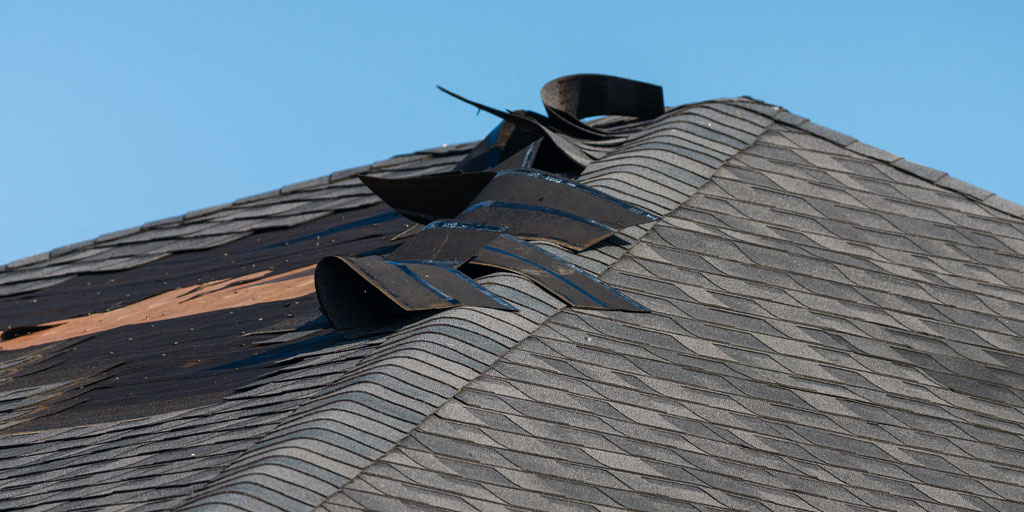How to Spot Roof Damage After Strong Winds

Living in the panhandle means living with severe weather. When a hurricane or tropical storm comes along we are on high alert. We do everything we can to protect our homes ahead of time. Inclement weather can have disastrous consequences on a home’s roofing system. While some strong winds damage is blatant and visible to the naked eye, that is not always the case. Knowing how to spot roof damage after storms is essential to protecting your home. The best way to know if your roof has been damaged is to have it assessed by a licensed and experienced roofing contractor.
What Causes Damage to the Roof?
Many things can cause your roof to become damaged. Strong winds are the most common culprit, but hail and heavy rain are also capable of causing destruction. Tree limbs and debris can leave obvious and severe damage, whereas other impairments may be more subtle. High winds may blow shingles off roofs or cause them to break or tear which you would most likely be able to notice. They can also cause shingles to lift, breaking the seals and allowing water to seep in. This is something that may only be obvious to a professional. Hail damage is another sneaky culprit. Hail may not only knock off shingle granules but can loosen them as well. This can compromise the shingles and shorten the lifespan of the roof.
Shingles (ameriproroofing.com)
Shingles are the first layer of protection on your home’s roof. Missing shingles leave your home vulnerable and need to be addressed immediately, but other damage can cause issues as well. High winds can cause the shingles to curl up. If a shingle is curled, the seal is likely broken. This could allow for water intrusion with future heavy rains. As mentioned, hail can loosen the granules on the shingles. Small dents may appear and this is evidence of missing or loose granules. These granules may pile up in the home’s gutters, flowerbeds or walkways. (beyondexteriors.com)
Flashing
Flashing is another component of the roof that could suffer damage after strong winds and storms. Usually made from some type of thin, waterproof metal, flashing protects your home in areas that may be vulnerable to water intrusion (vents, chimneys, skylights, dormer windows). Storm damage can leave it bent, twisted or even completely removed. This can lead to severe leaking in your home over time.
Ridge Vents (monarchroofing.biz)
Ridge vents are found on most newer homes. Located at the very top of the roof, their purpose is to allow heat and moisture to escape the attic. This location makes them susceptible to wind and rain damage. Compromised ridge vents may allow windblown rain inside the attic causing significant issues.
How to Check for Damages After a Strong Wind
Inside
Walk through every room of your home including closets and the garage looking for any sign of leaks on the ceiling and around light fixtures. A thorough check of the attic for leaking or water intrusion is also necessary.
Outside
Do not attempt to walk on your roof but instead walk around your homes exterior and look for the following:
- Granule deposits on the ground or in gutters
- Dents in the gutters
- Dings on the siding (if you see hail related dings on the siding, it is a safe assumption that the shingles will have similar damage)
- Shingles that are curled, dented or missing
- Check windows for cracks, damages screens and weather stripping
Your Roof Repair and Replacement Experts
Severe storms are a common occurrence in the panhandle. Knowing how to spot roof damage after strong winds is important. Understanding what and where to look for compromised areas can keep your home from sustaining further damage. It is important to assess as much as you can following a storm, but climbing on your roof is not advised and is unsafe. An inspection by an experienced, licensed professional is the best way to ensure that your roof is secure and prevented from future damage.
